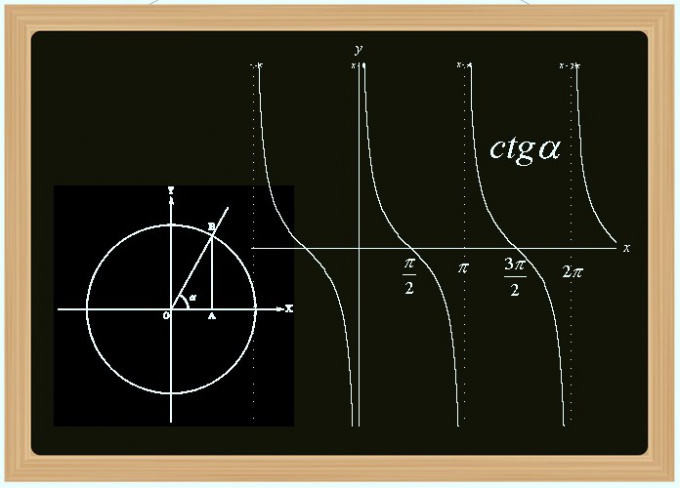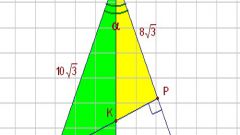Instruction
1
If you are aware of the value of the angle, calculate the value totangent , for example, using a standard calculator Windows. To run it open the main menu, type keyboard "ka" and press Enter. Then set the calculator in engineering mode - select the item with the same name under "View" menu or use the shortcut Alt + 2.
2
Enter value of angle in degrees. Separate buttons for the function cotangent is not provided, so first find the tangent (click tan), and then divide the resulting value unit (click the button 1/x).
3
If the value of the tangent of the desired angle is given in terms of the problem to compute the cotangent to know the magnitude of this angle is not necessary - simply divide the unit number representing the tangent: ctg(α) = 1/tg(α). But you can certainly first determine the degree measure of the angle using the inverse tangent function the inverse tangent, and then to compute the well-known cotangent of the angle. In General this solution can be written as: ctg(α) = arctg(tg(α)).
4
Under certain conditions the values of the sine and cosine of the desired angle is also no need to determine its value. To find the cotangent divide the second number by the first: ctg(α) = cos(α)/sin(α).
5
If the conditions of the problem to find the cotangent given only one value (sine or cosine), convert the formula in the previous step, on the basis of linking their ratio sin2(α) + cos2(α) = 1. It is possible to Express one function through another: sin(α) = √(1-cos2(α)) and cos(α) = √(1-sin2(α)). Substitute the appropriate equality into the formula: ctg(α) = cos(α)/√(1-cos2(α)) or ctg(α) = √(1-sin2(α))/sin(α).
6
Without information on the size of the angle or the corresponding values of trigonometric functions also allows you to calculate the cotangent in the presence of some additional data. For example, it can be done if the angle the cotangent of which you want to calculate, lies in one of the vertices of a right triangle with known lengths of the legs. In this case, calculate the fraction, the numerator of which put the length to that of the other two sides adjacent to the appropriate corner, and the length of the second place in the denominator.





